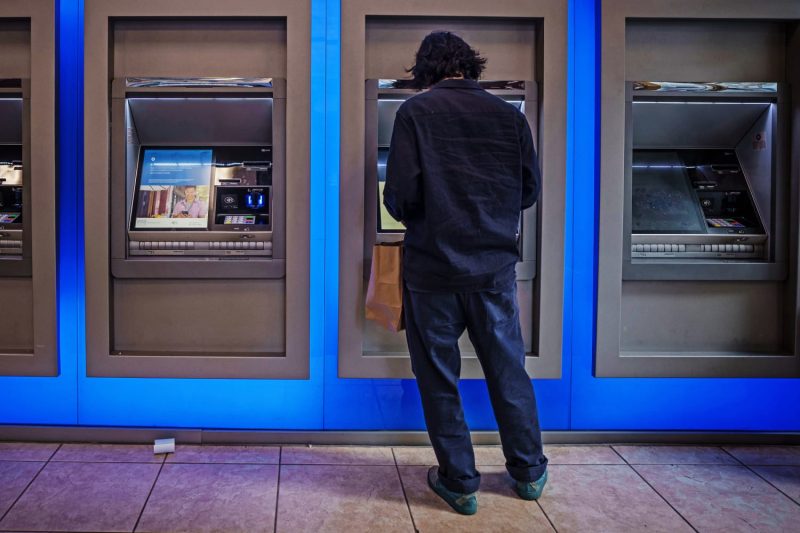
Despite Massive Cuts, Overdraft Fees Still Milk $2.2B From Bank Customers!
Body:
Over the past year, major players in the banking sector have taken substantial measures to minimize the burden of overdraft fees on their customers. For context, overdraft fees result when a customers’ bank account balance falls below zero, and a transaction is nevertheless processed, leading to discomfort and sometimes financial difficulty for bank users. However, despite commendable steps taken by big banks to alleviate the issue, customers still ended up paying a staggering $2.2 billion in such fees last year, highlighting the pervasiveness of the issue at hand.
According to an analysis by SNL Financial and the Consumer Federation of America, banks with over $1 billion in assets assessed an astonishing $11.68 billion in overdraft and non-sufficient fund fees in 2019. Recognizing the enormity of this issue and the adverse impact on consumers who are often those least able to afford such charges, big banks begun to introduce measures to mitigate the situation. For example, Bank of America initiated a program with a limited number of free overdrafts, and Chase launched an alert system to notify customers when their balance goes below a certain point, as part of their overdraft-protection services.
Yet, despite these positive moves, customers across the U.S. paid approximately $2.2B in overdraft fees last year. Part of the problem lies in the system itself. Many banks allow their customers to overdraft their accounts, giving them the apparent convenience of immediate access to funds even when their balance is zero or less, without initially notifying them of the hefty fees associated. Consequently, while the efforts to reduce the burden are acknowledged, the efforts do not eliminate the fees entirely.
Another detrimental aspect resides in the banks’ communication methods about overdraft fees. The critical information is often hidden in small print or complex language that customers might not fully understand. Therefore, while banks may have structurally reduced fees, the lack of transparency and awareness among customers led to a notable proportion still incurring these charges.
Moreover, these fees disproportionately affect low-income consumers who are barely making ends meet. For those living paycheck to paycheck, overdraft features, initially intended to help in challenging financial times, instead become a costly burden. Many consumers wind up relying on overdrafts as short-term loans, dragging them deeper into a cycle of debt.
Finally, the persistence of high overdraft fees, despite efforts to reduce them, also falls to regulatory gaps. Current U.S. regulations allow banks wide latitude in structuring and implementing
